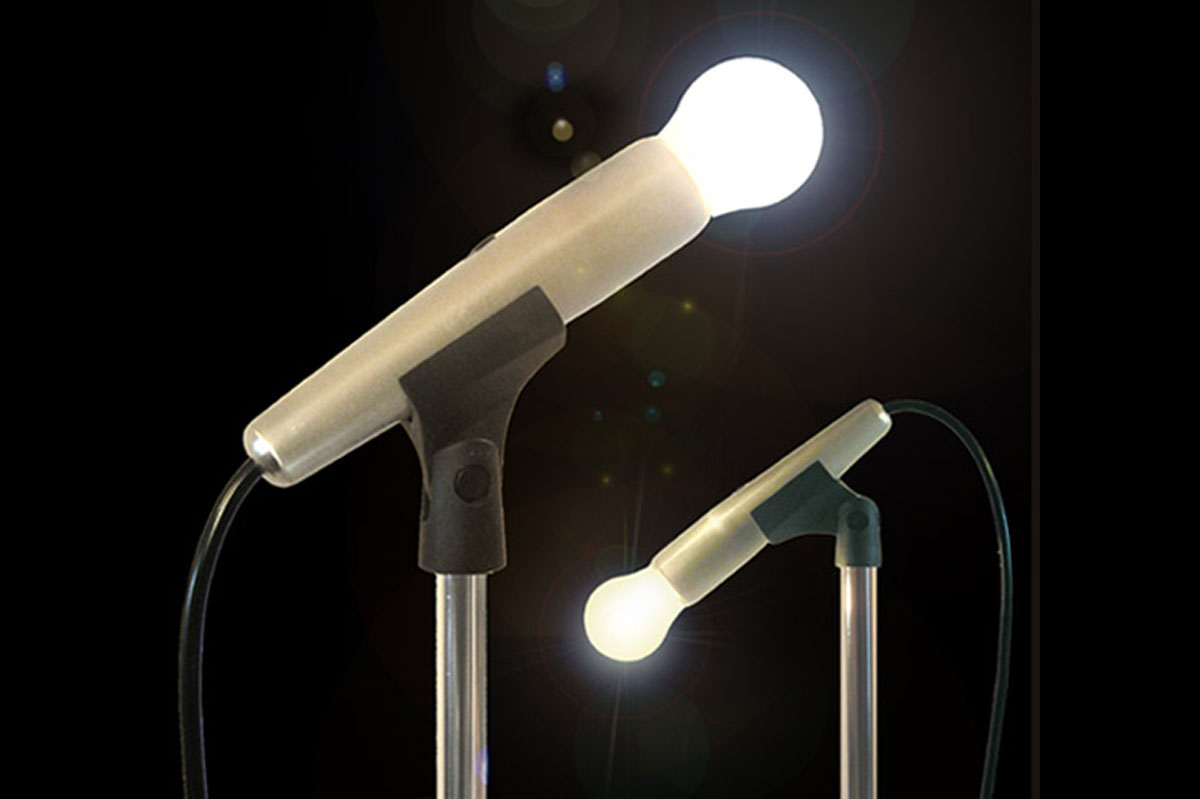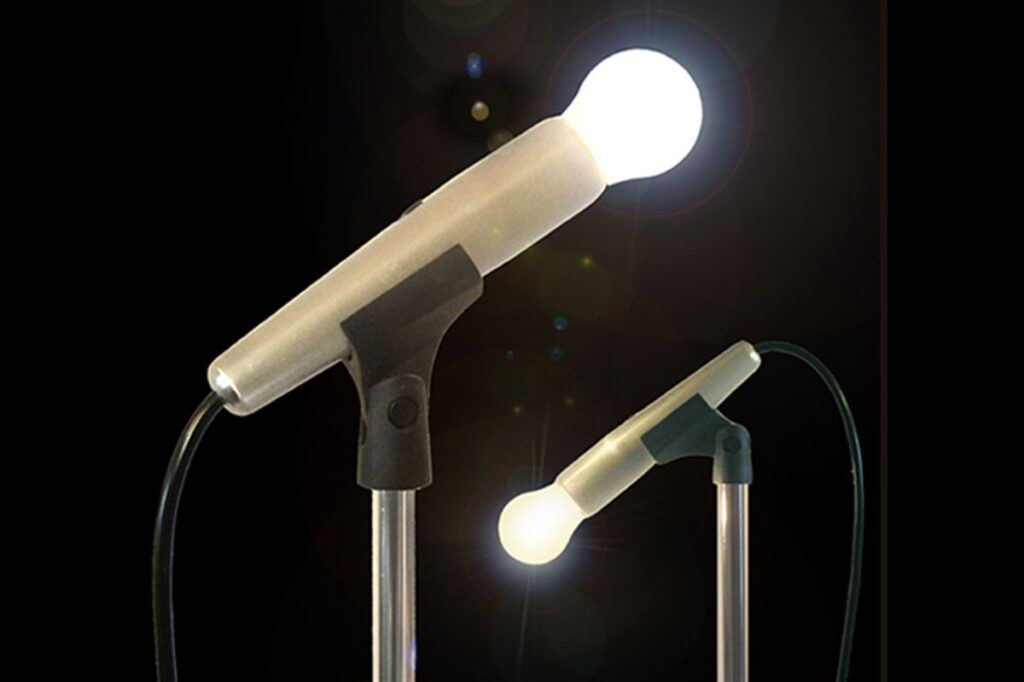How Do I Increase A Moving Head Lights External Microphone
By hqt


I’ve been asked this question so many times, I thought I’d share my best advice. Follow these steps and you’ll be well on your way to making videos or blogs that really pop with sound effects and music!
Make sure the camera is on a tripod.
Before you do anything, make sure that your camera is on a tripod. If you don’t already have one, the best choice is to get a full tripod. This will ensure that the camera remains steady while taking photos, making it easier to shoot and allowing you to take photos from different angles.
Alternatively, if you want something a little more compact and portable (and perhaps more affordable) then consider getting a monopod instead of a full tripod. A monopod can still help stabilize your camera as well as allow for some flexibility in terms of what angle you choose for each shot; however, unlike with full tripods where all three points of contact are solid ground/flooring/tabletop surfaces—meaning that there’s no risk at all of having any movement during use—monopods only have two points: one foot planted firmly onto earth or flooring surface underneath with second foot pressing down against whatever surface upon which camera rests (e.g., countertop). This means that even though using both feet together increases stability over using just one foot alone due to two times greater friction between ground surfaces compared against just one foot pressing down onto table surface; still not nearly as much stability as there would be if both feet were anchored against same piece material instead like when dealing with full tripods where third anchor point exists within base itself (i.e., tabletop).
The viewfinder should have a grid to give you an idea of how it will look as a finished product.
A grid is a series of horizontal and vertical lines displayed on your viewfinder screen. The grid is helpful for framing shots, but it is not necessary for every shot. To turn off the grid lines in your viewfinder:
- Press the “i” button (lower left corner) to access the LCD menu screen
- Use the arrow buttons to highlight “Grid Line” and press OK
- Press OK again to toggle off or on
If there’s any movement in the scene, you’ll need to reshoot or reframe.
If there’s any movement in the scene, you’ll need to reshoot or reframe. Depending on how much the camera is moving, it might be easier to reshoot than reframe. In this case, remember that your goal is not just to get a good shot. Your goal is also getting an interesting picture.
You may want to add sound, so make sure the microphone’s close to your voice.
There are several ways to improve audio quality during a live event. You may want to add sound, so make sure the microphone’s close to your voice by using:
- Wireless microphones
- Headset microphones
- Lapel microphones
Use a wireless microphone unless you are standing in front of something with a wire.
To ensure that your voice is being picked up by the microphone, it’s important to make sure that you are talking into it. If the microphone is not close enough to your mouth, it won’t pick up your voice properly and will result in an unclear recording. You should also make sure that there is nothing around the moving head lights external microphone that could potentially block or affect its ability to pick up sound.
There are several options available when choosing a wireless microphone for use with moving head lights external microphones:
- Wireless Handset Microphones
- Handheld Transmitters
- Bodypack Transmitters
The most common way of transmitting sound from one source (such as a person) to another (such as a moving head light external microphon)e is through wired connections, like those used with computer speakers and headphone jacks on televisions and phones; however, there are other ways of transmitting audio signals between devices without using wires – these include Bluetooth technology which allows users who have compatible devices such as headsets and smartphones connect over short distances so they can communicate without having any physical connection between them; infrared signals (which require special equipment); radio frequencies (which require special equipment); satellite transmissions (requires satellite dishes), etc..
Don’t make things complicated by overthinking them.
If you’re reading this and thinking, “Wow, that’s a lot of information,” you’re not alone! We can all get caught up in the details sometimes. But don’t worry: there are no hard and fast rules when it comes to moving head lights external microphone placement. Instead of getting too caught up in figuring out exactly how far away your microphone should be from your speaker and whether or not you need to angle it at an angle…just do whatever feels right!
If you want to start over, start over! You might find that playing around with different distances between the two is fun and rewarding–and it could even help you discover new things about yourself along the way. For example, maybe I didn’t realize how much my voice sounded like my dad’s until I tried moving my external mic closer than usual during a recording session yesterday afternoon…and now every time I look into his eyes (which was pretty often), I feel like we have more in common than ever before! That wouldn’t have happened if I hadn’t dared myself
Conclusion
We hope you enjoyed this quick guide to shooting videos with external microphones. It’s not a complicated process, but it does take some practice and patience before you can create something that looks professional. We recommend keeping your camera steady on a tripod whenever possible, especially if your scene involves movement or dialogue. If there are any questions about how to set up or use an external microphone, feel free contact us here at pstarled. We’re always happy help!

